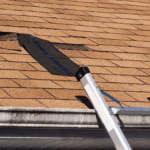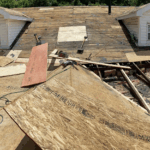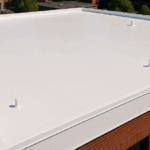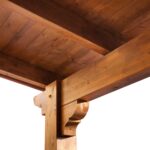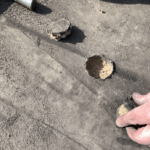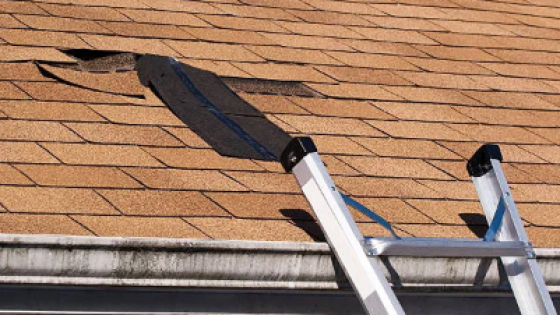When it comes to replacing or installing a roof, one of the most overlooked but critically important questions is: “How much weight does a shingle roof add to a house?” Homeowners typically focus on costs, color, or material types, but neglecting weight load can result in structural issues down the road — especially with older homes or multi-layer re-roofing projects.
At Litespeed Construction, we bring years of experience in roofing solutions across East Tennessee, and we’re here to break down how much shingle roofing really weighs, how it impacts your home’s structure, and what you should know before installing or replacing your roof.
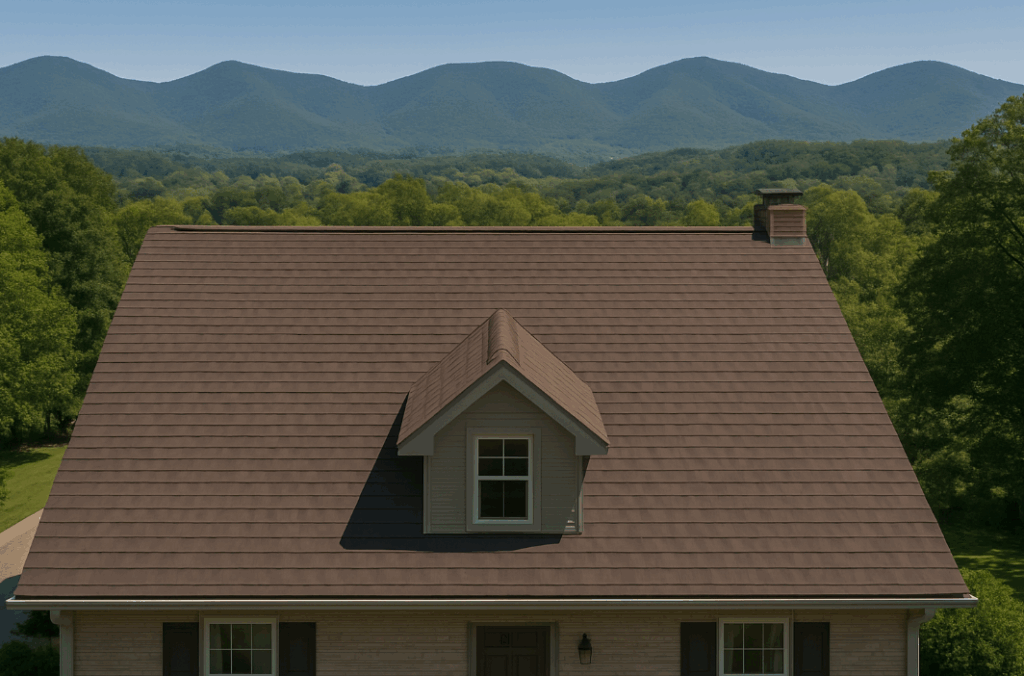
Key Takeaways
💡A standard asphalt shingle roof can add 2.3 to 4.0 pounds per square foot.
💡Most homes can safely support this, but structural inspection is crucial.
💡Adding a second layer nearly doubles the load on the roof structure.
💡Knoxville homes must meet Tennessee building code requirements for live and dead loads.
What Determines Roof Weight?
When calculating roof weight, three main factors must be considered:
1. Type of Shingles
There are three primary types of asphalt shingles, each with a different weight profile:
| Shingle Type | Weight per Square (100 sq ft) | Weight per sq ft |
|---|---|---|
| 3-Tab Shingles | 190 - 210 lbs | 1.9 - 2.1 lbs |
| Architectural Shingles | 240 - 430 lbs | 2.4 - 4.3 lbs |
| Luxury/Designer Shingles | 400 - 480 lbs | 4.0 - 4.8 lbs |
2. Roof Size
The larger the roof, the more total weight is added. For example, a 2,000 sq ft home with a roof pitch of 6/12 has about 2,350 sq ft of roof surface. If using architectural shingles at 3.5 lbs/sq ft:
2,350 x 3.5 = 8,225 lbs of added weight!
3. Number of Layers
Tennessee building code allows two layers of asphalt shingles. But stacking adds significant weight:
- Single Layer: ~3 lbs/sq ft
- Double Layer: ~6-7 lbs/sq ft
Double-layering may save money short term but can overburden older structures, risking failure.
How Much Weight Can a Roof Support?
According to the International Residential Code (IRC) and Tennessee state building code, the minimum live load capacity for residential roofs is 20 lbs/sq ft, and dead loads (like roofing material) must not exceed 10-15 lbs/sq ft.
| Load Type | Description | Typical Load (lbs/sq ft) |
|---|---|---|
| Dead Load | Roofing materials, structure | 10 - 15 |
| Live Load | Snow, wind, maintenance | 20 (min, per IRC) |
| Total Safe Load | Combined total | 30 - 40 |
Why Does Roof Weight Matter?
Structural integrity is a major safety concern. Too much roof weight can:
- Cause sagging rafters or cracked joists.
- Create uneven settling, leading to interior cracks or shifting.
- Increase risk of collapse during snow accumulation or heavy rains.
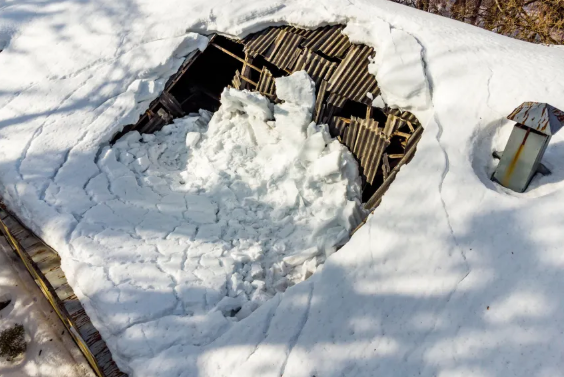
For Knoxville’s older homes—especially those built before 1970—a roof weight assessment is critical before any re-roofing project.
How Litespeed Construction Ensures Safety
At Litespeed Construction, we provide a free inspection that evaluates:
- Current roof load and existing materials
- Rafter and truss strength
- Tennessee building code compliance
- Potential for re-roofing vs full tear-off
We also use digital tools and aerial imagery to calculate roof surface and material weight to the pound.
Real-World Example from Knoxville
One of our recent Knoxville clients had a 1,900 sq ft house with two layers of shingles. Their roof was carrying over 11,000 lbs — exceeding dead load limits by 30%! We removed both layers and replaced them with GAF Timberline HDZ architectural shingles (lighter and more durable), cutting the weight down to 7,000 lbs while improving energy efficiency.
Pros and Cons of Asphalt Shingle Weight
✅ Pros
- Lightweight enough for most structures
- Durable and cost-effective
- Easy to replace or tear-off
- Supports solar panel installation
❌ Cons
- Can become too heavy if layered
- Heavier options (luxury shingles) may strain older homes
- Weight increases insurance and permit concerns
- Risk of structural damage if overloading occurs
FAQs About Roof Weight and Shingles
Anywhere from 2.0 to 4.5 lbs/sq ft, depending on the type of shingle used.
In many cases yes, but not without a professional inspection. Extra layers significantly increase roof weight.
Yes. Overloading a roof can cause structural damage, sagging, or even collapse during weather events.
Not necessarily. Heavier shingles may be more durable, but installation, weather, and quality matter more.
Yes. Some insurers require documentation of total roof load, especially for re-roofed homes.
Multiply roof area by pounds per square foot of your chosen shingles. Or, call Litespeed Construction for a free inspection.
Yes. IRC recommends total combined load under 30-40 lbs/sq ft depending on house structure.
Yes, especially if the existing layer is damaged or near weight limits.
Yes, but the roof must have a healthy load margin and structural integrity.
Metal roofing is often lighter than asphalt shingles and may reduce total roof weight.
Final Thoughts
Understanding how much weight a shingle roof adds to your house is not just a technical curiosity — it’s a safety, longevity, and cost-saving concern that every homeowner should take seriously. At Litespeed Construction, our Knoxville-based roofing experts deliver more than just installations. We help protect your home’s structure, value, and long-term integrity.
📞 Call us today at (865) 297-3286 for a free roof inspection and load assessment before your next roofing project.



